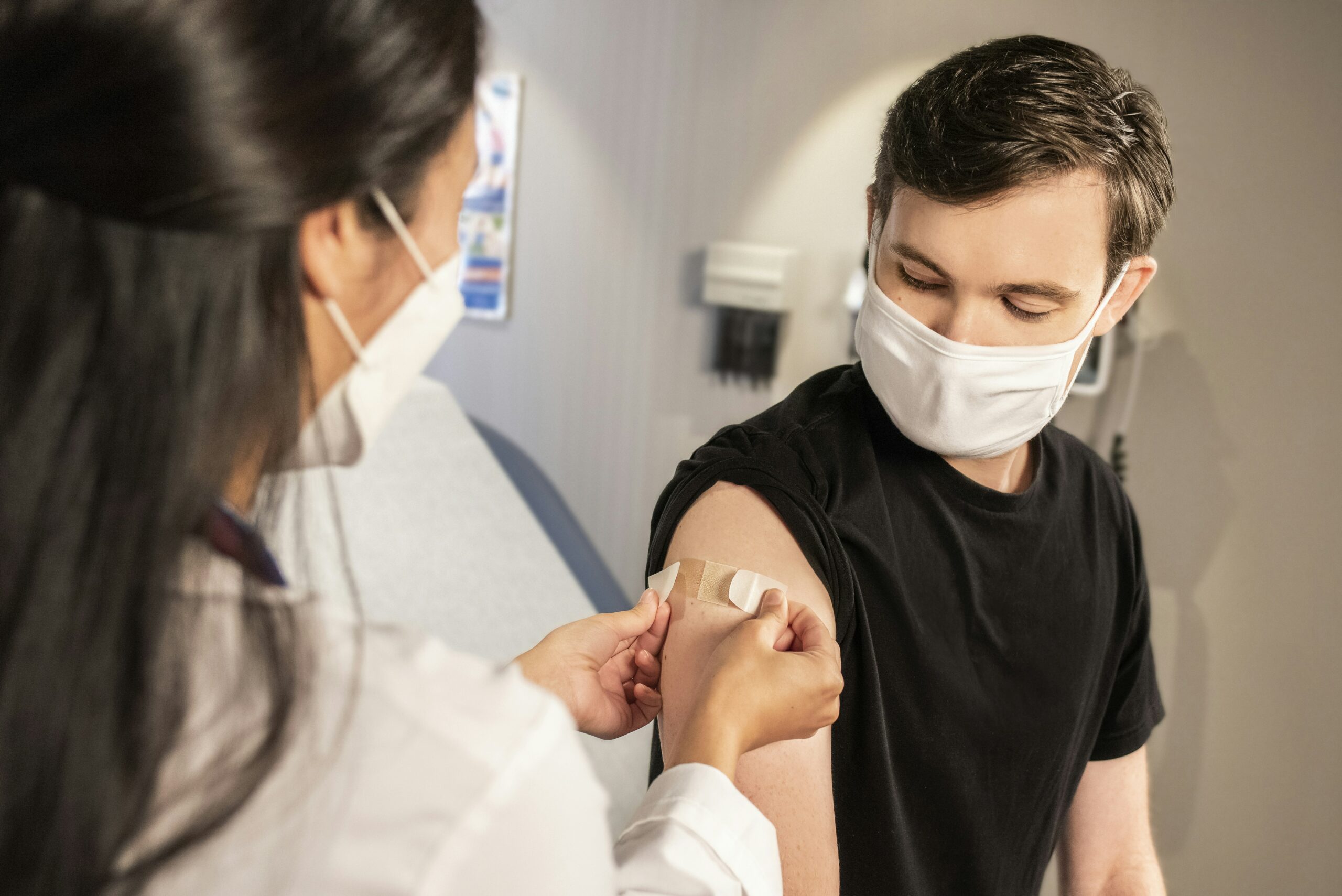
Early clinical and epidemiological features of monkeypox epidemic found
TORONTO, June 13, 2022 – A study conducted by researchers from York University has found the ongoing monkeypox epidemic differs significantly from previous outbreaks in terms of the age and sex/gender of those infected, as well as risk factors and transmission route.
The study contributes to the identification of the main clinical and epidemiological features of the emerging monkeypox outbreak, which is quickly spreading worldwide and is now reported in more than 30 countries.
“We carried out a preliminary report, collecting and synthesizing early data concerning epidemiological trends and clinical features of the ongoing outbreak and we compared them with those of previous outbreaks,” says Dr. Nicola Bragazzi, a Postdoctoral Fellow at York’s Faculty of Science and the study’s corresponding author. “Data were pooled from six clusters in Italy, Australia, the Czech Republic, Portugal, and the United Kingdom, totaling 124 cases. For 35 of the cases, it was possible to retrieve detailed information.”
The research found more than half of individuals who contract monekypox are in their 30s, most infections occur in males, and differences from previous outbreaks in risk factors and transmission route, with sexual transmission being highly likely.
The clinical presentation is also atypical and is characterized by anogenital lesions and rashes which usually spare the face and extremities. The most prevalent sign/symptom reported was fever (in 54.29 per cent of cases), followed by swollen groin lymph nodes (45.71 per cent) and skin rash (40 per cent). Physical weakness, fatigue, and headache were described in 22.86 per cent and 25.71 per cent of the cases, respectively. Muscle aches and pain was present in 17.14 per cent of the cases. Both genital and anal lesions (ulcers and vesicles) were reported in 31.43 per cent of cases. Finally, swollen cervical lymph nodes were described in 11.43 per cent of the sample. The least commonly reported symptoms were diarrhea and swollen armpit lymph nodes (each 5.71 per cent of cases).
Some preliminary risk factors have been identified – being a young male, having sex with other men, engaging in risky behaviours and activities (including condomless sex), HIV positivity (also 54.29 per cent of the sample analyzed) and a previous history of sexually transmitted infections (STIs), including syphilis. On the other hand, being fully virally suppressed and undetectable may protect against a more severe infectious course.
“This research enables us to answer some research questions, but some features warrant further investigations. For example, we need to better ascertain whether the infection can be sexually transmitted. Furthermore, we know very little about the impact of HIV serostatus on the risk of contracting monkeypox. As such, further research in the field is urgently needed. However, these early data can guide policies aimed at controlling and mitigating against the outbreak,” says study co-lead Assistant Professor Jude Kong of York’s Department of Mathematics and Statistics, Faculty of Science, and director of the Africa-Canada Artificial Intelligence and Data Innovation Consortium.
The current cluster of cases began in May, mostly affecting men having sex with men, with no travel history to central and western Africa, where the infection has been endemic in 11 countries since the 70s.
“Men having sex with men are disproportionately affected by sexually transmitted infections. Engaging members of the 2SLGBTQIAP+ community is of paramount importance in properly addressing the challenges of the epidemic and of STIs, in general. Avoiding stigmatizing language and adopting two-way communication is essential. Furthermore, if we want to reduce health-related disparities and inequities among the 2SLGBTQIAP+ community, we need to do more research in the field and we have to stop looking at HIV and other STIs separately, and study them as highly intersecting,” says Dr. Bragazzi.
Distinguished Research Professor Jianhong Wu of York’s Faculty of Science and director of the Laboratory for Industrial and Applied Mathematics also contributed to the research with his expertise.
The paper, Epidemiological trends and clinical features of the ongoing monkeypox epidemic: a preliminary pooled data analysis and literature review, was published today in the Journal of Medical Virology.
-30-
York University is a modern, multi-campus, urban university located in Toronto, Ontario. Backed by a diverse group of students, faculty, staff, alumni and partners, we bring a uniquely global perspective to help solve societal challenges, drive positive change and prepare our students for success. York's fully bilingual Glendon Campus is home to Southern Ontario's Centre of Excellence for French Language and Bilingual Postsecondary Education. York’s campuses in Costa Rica and India offer students exceptional transnational learning opportunities and innovative programs. Together, we can make things right for our communities, our planet, and our future.
Media Contact:
Sandra McLean, York University Media Relations, 416-272-6317, sandramc@yorku.ca





